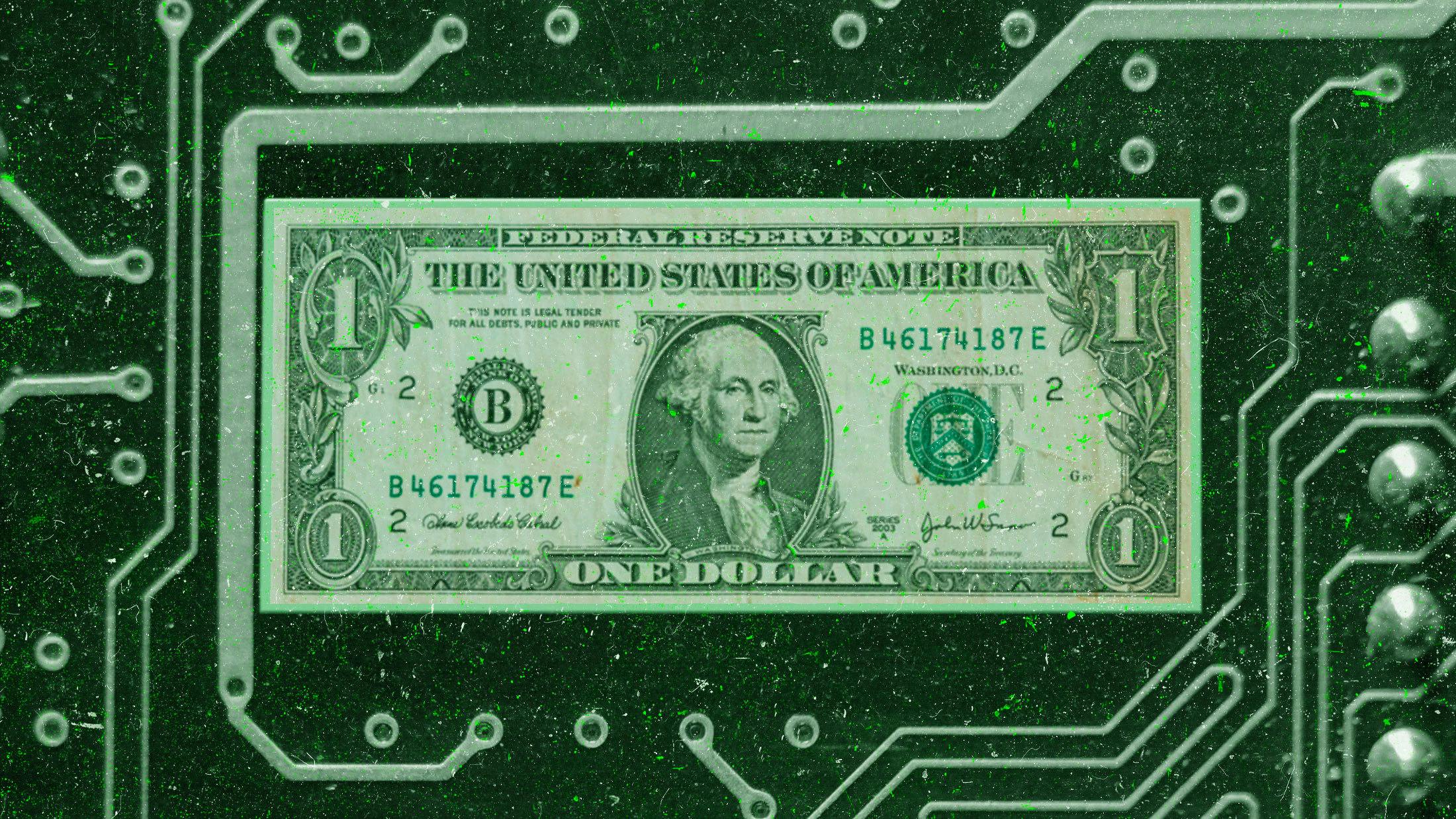Of course, rock and metal also boast some of the most loyal fanbases in the world. But even the most devoted fan might think twice about shelling out large sums for something they could stream for free, especially if the current surge in interest turns out to be a bubble, rather than a boom. What if buyers find themselves holding virtual possessions that are somehow both expensive and valueless?
“My advice would be to fully understand what you're buying,” says Sammy Andrews. “This is all about scarcity. You're buying a token – not an actual object. And be careful with any crypto currencies, on a daily basis they can fluctuate by up to 10 per cent. Be prepared for that – and don't ever spend what you can't afford to lose.”
Meanwhile, bands will be wondering if they can afford to miss out on a potentially lucrative source of revenue, at a time when so many musicians are struggling financially.
“You don’t have to go for the million-dollar NFT, you can do things that are just cool for fans,” stresses Joe Conyers. “This is another way to access your fandom and give them what they want, which is more access and a deeper connection with the band.”
Paul Craig, meanwhile, is hopeful that people will still be putting the ‘fun’ into ‘non-fungible’ long after the pandemic has finally receded.
“Like all these things, there will be peaks and troughs,” he says. “But I do think it’s ultimately sustainable. The fans will get something collectible, exclusive and rare and therefore valuable, and the artist will be able to monetise it in a way that’s fair and reasonable. Hopefully everyone will win.”
